The digital world in 2024 is a whirlwind of innovation. Programming languages, the building blocks of software, are constantly evolving to keep pace. Wondering which languages are shaping the future of development?
Choosing the right language can feel overwhelming. Here at Main 12, we understand that. That’s why we’ve partnered with programming experts to bring you this guide to the top 10 languages of 2024.
This post will not only explore these dominant languages but will also help you understand how they’re defining modern development. By the end, you’ll be equipped to navigate the landscape with confidence and choose the language that best suits your goals.

Now, without further ado, let’s dive into the heart of the matter and uncover the essence of these transformative programming languages that are sculpting the digital landscape of today and shaping the innovations of tomorrow.
1. Python: Your Swiss Army Knife
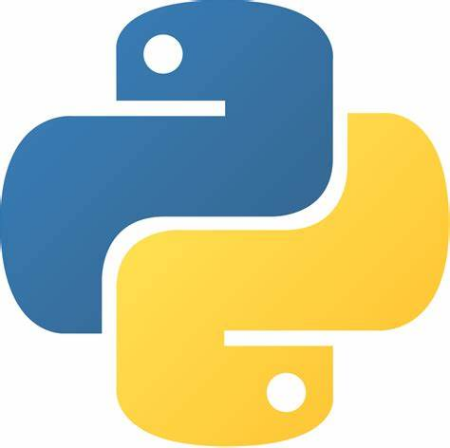
Python, conceived in the late 1980s by Guido van Rossum, has emerged as a beloved and dominant force in the programming landscape. Unlike its more complex cousins, Python prioritizes readability and a clear syntax, making it an ideal first language for programmers. This beginner-friendly approach has opened doors for countless individuals to enter the exciting world of coding.
| Pros | Cons |
|---|---|
| Beginner-friendly syntax | Slower execution speed compared to compiled languages |
| Extensive libraries for various domains (data science, web development, machine learning) | Automatic memory management can lead to higher memory usage |
| Versatile and applicable to a wide range of tasks | Not ideal for performance-critical applications |
| Open-source and large, supportive community |
Best Use Cases:
- Data Science and Machine Learning: Libraries like Pandas, Scikit-learn, and TensorFlow make Python a go-to choice for data analysis, building predictive models, and exploring artificial intelligence.
- Web Development: Frameworks like Django and Flask streamline backend development and API creation, while full-stack development is possible with integration into front-end frameworks like React.
- Automation Scripting: Python excels at automating repetitive tasks, system administration, and web scraping due to its simplicity and readability.
- Prototyping and Rapid Development: Python’s quick turnaround time is ideal for building prototypes, testing ideas, and rapidly iterating on projects.
2. JavaScript: The Magic Behind the Web

JavaScript, born in 1995 by Brendan Eich, has become the undisputed king of web development. Initially conceived as a way to add interactivity to static web pages, JavaScript has evolved into a powerful and versatile language.
| Pros | Cons |
|---|---|
| Essential for web development | Security concerns if not used properly |
| Foundation for front-end frameworks | Can be messy without structure |
| Relatively easy to learn | Blocking nature (mitigated with techniques) |
| Ubiquitous and browser support |
Best Use Cases:
- Interactive Web Applications: JavaScript is the go-to language for building dynamic and engaging web experiences, from user interfaces to complex web applications.
- Front-End Development: Combined with frameworks like React, JavaScript empowers developers to create user-friendly and responsive web interfaces.
- Game Development: JavaScript engines like WebGL enable the creation of browser-based games, allowing for rich and interactive experiences without extensive downloads.
- Server-Side Development (with Node.js): Node.js allows JavaScript to be used for server-side scripting, opening doors to full-stack development possibilities.
3. Java: The Engine of Big Projects
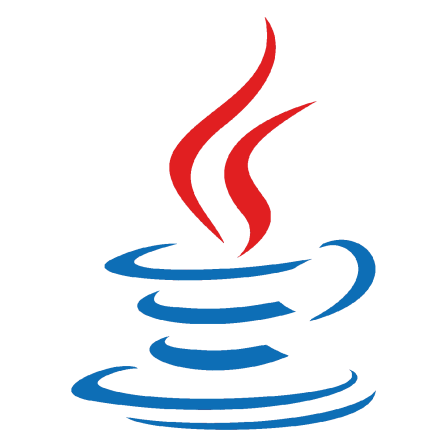
Java, introduced by Sun Microsystems in 1995, has carved a significant niche in the programming world. Renowned for its platform independence (thanks to the Write Once, Run Anywhere – WORA – philosophy) and robust object-oriented features, Java has become a cornerstone for enterprise applications, Android development, and big data.
| Pros | Cons |
|---|---|
| Platform independent (WORA) | Verbosity |
| Object-oriented | Steeper learning curve |
| Large community and ecosystem | Performance overhead (often negligible) |
| Mature and secure | |
| Strong job market |
Best Use Cases:
- Enterprise Applications: Java’s robustness, security, and scalability make it ideal for building large-scale enterprise applications used by businesses.
- Android Development: Java is the primary language used for developing Android applications, allowing you to create native apps for a vast mobile platform.
- Big Data Processing: Java frameworks like Apache Spark leverage its distributed computing capabilities for handling massive datasets.
- Desktop Applications: Java can be used to create robust and feature-rich desktop applications that run across different operating systems.
4. C#: Your Swiss Army Knife for Software
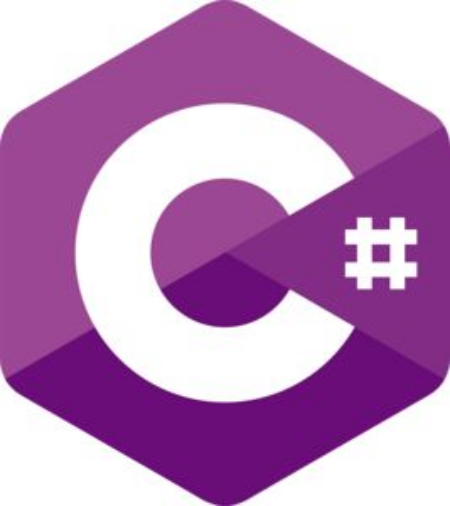
C#, developed by Microsoft in 2000, has become a cornerstone for application development within the .NET ecosystem. Leveraging similarities to C and C++, C# offers a robust and object-oriented approach to building various software solutions.
| Pros | Cons |
|---|---|
| Rich ecosystem (.NET) | Microsoft-centric |
| Object-oriented | Steeper learning curve |
| Strong performance | Can be verbose |
| Cross-Platform potential (.NET Core) | |
| Game development (Unity) |
Best Use Cases:
- Windows Applications: C# is a natural choice for building desktop applications that run seamlessly on Windows machines.
- Web Development (.NET): Frameworks like ASP.NET enable C# development for web applications, server-side scripting, and web APIs.
- Game Development (Unity): C# is the foundation for scripting game logic and functionalities within the Unity game engine.
- Enterprise Software: C#’s robustness and performance make it suitable for building large-scale enterprise applications with complex requirements.
5. Swift: Apple’s Favorite Flavor
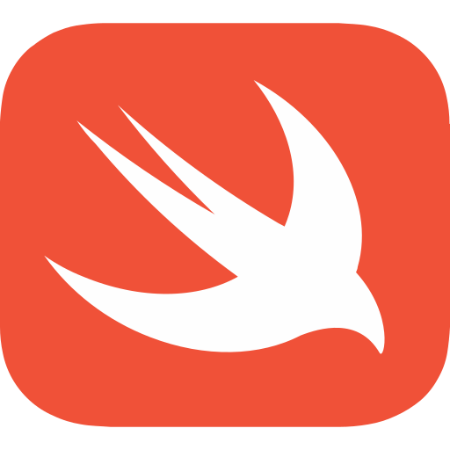
Swift, introduced by Apple in 2014, has become the dominant language for developing applications for Apple’s ecosystem. Replacing Objective-C, Swift offers a modern, safe, and expressive syntax, making it ideal for building native iOS, iPadOS, macOS, watchOS, and tvOS applications.
| Pros | Cons |
|---|---|
| Designed for Apple platforms | Limited platform support |
| Modern and safe | Relatively young |
| Expressive syntax | Learning curve |
| Large and active community | |
| Open-source and future-proof |
Best Use Cases:
- iOS, iPadOS, macOS, watchOS, and tvOS App Development: Swift is the go-to language for building native apps that leverage the full potential of Apple’s operating systems.
- Modernization of Existing Projects: Developers can migrate older Objective-C projects to Swift to benefit from its efficiency and safety features.
- Learning Modern Programming Concepts: Swift’s clean syntax and focus on safety make it a good choice for beginners to learn modern programming principles.
6. Kotlin: Android’s New Best Friend

Kotlin, developed by JetBrains and officially adopted by Google in 2017, has become a prominent contender in the world of Android app development. This concise and interoperable language offers several advantages over traditional Java for building modern Android applications.
| Pros | Cons |
|---|---|
| Concise and readable | Relatively young |
| Interoperable with Java | Learning curve for Java developers |
| Null safety | Not a silver bullet |
| Modern features | |
| Strong backing from Google |
Best Use Cases:
- Modern Android App Development: Kotlin is the recommended language for building new Android applications, leveraging its conciseness, safety features, and integration with existing Java code.
- Android Development Team Migration: Kotlin allows development teams to gradually migrate existing Java projects to benefit from its modern advantages.
- Greenfield Android Projects: For new Android applications, starting with Kotlin is the ideal choice to leverage its strengths from the beginning.
7. Go (Golang): Powerful and User-Friendly

Developed by Google in 2009, Go (often referred to as Golang) has gained significant traction for its focus on simplicity, concurrency, and efficiency. Go prioritizes clean syntax and readability, making it a compelling choice for building scalable backend systems, cloud-native applications, and command-line tools.
| Pros | Cons |
|---|---|
| Simplicity and readability | Limited ecosystem |
| Concurrency features | Error handling verbosity |
| Efficient compilation | Not ideal for everything |
| Standard library with web server | |
| Rapid development |
Best Use Cases:
- Backend Systems and APIs: Go excels at building robust and scalable backend services for web applications and APIs.
- Cloud-Native Development: Go’s lightweight nature and concurrency features make it well-suited for cloud environments and distributed systems.
- Command-Line Tools: Go simplifies the creation of efficient and powerful command-line tools for various purposes.
- Microwebservices: Go’s built-in web server allows for the development of lightweight web services without external dependencies.
8. C/C++: The Speed Demons
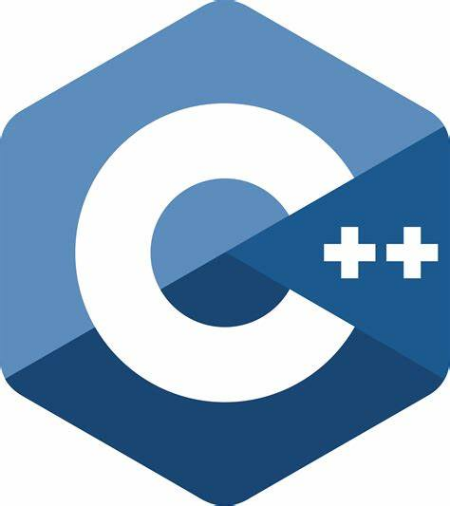
Pioneered by Bjarne Stroustrup in the 1970s, C++ stands as a powerful and versatile programming language. It seamlessly blends the efficiency and control of C with the object-oriented programming (OOP) features like classes and inheritance. This potent combination empowers developers to tackle demanding tasks, from system programming and game development to complex simulations and scientific computing. C++’s emphasis on performance and memory management makes it a cornerstone for high-performance applications.
A Legacy of Efficiency:
C, pioneered by Dennis Ritchie in the 1970s, and its successor C++, developed by Bjarne Stroustrup in the 1980s, form a formidable duo in the programming landscape. Renowned for their fine-grained control over hardware, efficiency, and vast ecosystem, C and C++ are the cornerstones of system programming, embedded systems, and performance-critical applications.
Understanding the Nuances:
It’s important to acknowledge the slight distinction between C and C++. C is a procedural language, focusing on functions and control flow. C++ builds upon C, introducing object-oriented programming concepts like classes and inheritance, while maintaining the core efficiency of C.
| Pros | Cons |
|---|---|
| Unmatched performance | Steep learning curve |
| Extensive ecosystem | Error-prone |
| Direct hardware interaction | Verbosity |
| Portable and versatile | Security concerns |
| Mature and established |
Best Use Cases:
- System Programming: C and C++ are the go-to languages for developing operating systems, device drivers, and other core system components.
- Embedded Systems: Their efficiency and low-level control make them ideal for programming resource-constrained embedded devices.
- Game Development: High-performance game engines like Unreal Engine and Unity leverage C++ for graphics rendering and core game logic.
- Performance-Critical Applications: When speed and efficiency are paramount, C and C++ are the preferred choices for scientific computing and real-time systems.
9. TypeScript: JavaScript, but Safer

TypeScript, developed by Microsoft in 2012, extends JavaScript by introducing optional static typing. This superset of JavaScript offers several advantages, including improved code maintainability, reduced runtime errors, and better developer tooling support. While it compiles to plain JavaScript, TypeScript provides a more robust development experience.
| Pros | Cons |
|---|---|
| Enhanced type safety | Learning curve |
| Improved code maintainability | Transpilation step |
| Better IDE integration | Not a silver bullet |
| Large and active community | Potential for boilerplate |
| Gradual adoption |
Best Use Cases:
- Large-Scale JavaScript Applications: TypeScript’s type safety and maintainability benefits become increasingly valuable for managing complex web applications with extensive codebases.
- Front-End Frameworks: Many popular front-end frameworks like Angular and React embrace TypeScript, leveraging its features for robust and scalable web development.
- Legacy JavaScript Code Migration: TypeScript allows for a gradual migration path from existing JavaScript codebases, enhancing type safety and maintainability over time.
- Team Collaboration: The clarity and type safety of TypeScript can improve communication and code understanding within development teams.
10. Rust: Safety and Speed in One Package

Rust, developed by Graydon Hoare at Mozilla in 2006, has become a prominent contender in the realm of systems programming. This modern language prioritizes memory safety and thread safety while offering exceptional performance. Rust achieves this through its ownership model and borrow checker, ensuring efficient memory management and preventing common memory-related errors that plague other languages.
| Pros | Cons |
|---|---|
| Memory safety | Steeper learning curve |
| Thread safety | Error messages |
| Performance | Limited ecosystem |
| Modern language features | Not a silver bullet |
| Active community and ecosystem |
Best Use Cases:
- Systems Programming: Rust’s memory safety and performance make it ideal for building system components, operating systems, and embedded systems.
- Network Programming: Rust’s concurrency features enable efficient and safe development of network applications and servers.
- High-Performance Computing: Rust’s focus on speed and memory safety makes it suitable for computationally intensive tasks and scientific computing.
- WebAssembly Development: Rust can be used to create performant and safe WebAssembly modules, extending web application capabilities.
No Comments yet!